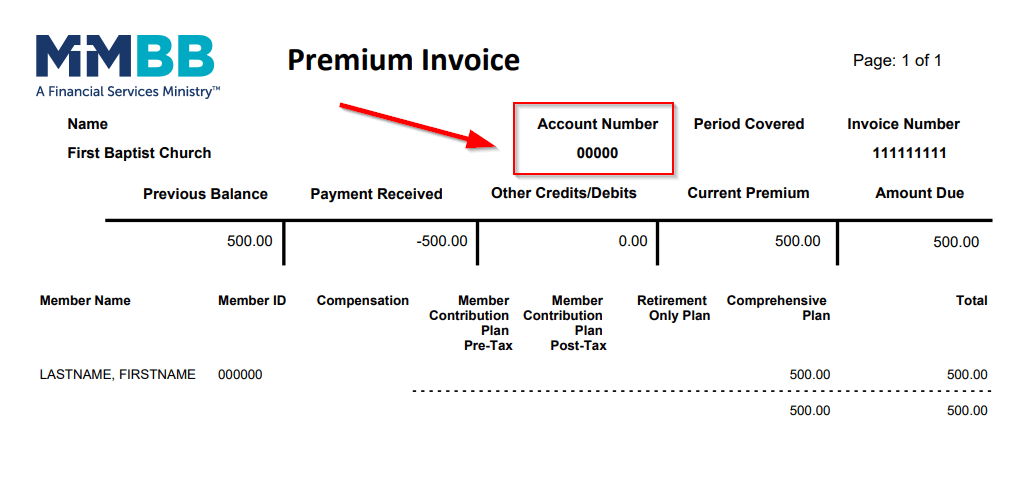Saving for College 101 – 529 Plans and More - Part 2
Most parents aim to help their children to graduate from college debt free. That’s why using a college saving strategy that provides tax advantages and a rate of return that keeps up with inflation is important. In the second of a two-part series, we discuss two of three options to consider when investing for college savings (See part one of the series for information on option one, 529 plans).
1. Coverdell Education Savings Accounts (Coverdell ESA): similar to 529 plans, these are accounts offering tax-free investment growth when the funds are spent on qualified education expenses, including K-12 education expenses. We will see how they are different from a 529 plan next.
Main characteristics of a Coverdell ESA:2
- They are only available to families below a specified income level: the income phase-out is $95,000 to $110,000 for a single taxpayer and $190,000 to $220,000 for a married couple filing jointly
- You can’t contribute more than $2,000 per child per year in a Coverdell ESA.
- You can invest in virtually the entire securities world, building a portfolio with stocks, bonds, and more. A 529 offers the investment options sponsored by the state you choose.
- Once the beneficiary turns 18 you can’t contribute anymore. Also, money must be used by the beneficiary by age 30 or given to another family member for educational purposes to avoid taxes and a 10 percent penalty.
- Qualified expenses are tuition, fees, books, and supplies for both K-12 and higher education. But these accounts can’t cover apprenticeship and student loan repayment, like the 529 plans.
2. The last option we will detail is a Roth IRA. It is a retirement savings vehicle, so its main purpose isn’t saving for college, but some parents find that it works well as a college savings tool, too. Let’s look at the details.2
- As a general rule, any Roth IRA withdrawals you make prior to age 59 ½ and prior to meeting the 5-year rule requirement trigger an income tax liability and a 10 percent early withdrawal penalty. But there is an exception for Roth IRA distributions: parents younger than 59 ½ won’t owe the early distribution penalty if the money is used for college. While contributions to the account are distributed tax free and penalty free, taxes will still be owed on the earnings (investment gains) portion of the account.
- Retirement accounts in general aren’t counted as an asset in college financial aid formulas, so the Roth IRA balances will have no impact on the children’s potential aid award. However, any withdrawals will count towards income for financial aid purposes. So parents might want to consider waiting until after January 1 of their child’s second year of college to withdraw funds from a Roth.
- The maximum amount that can be contributed to a Roth IRA in 2023 is $6,500, or $7,500 if you are age 50 or older. This is higher than the Coverdell ESA limit, but much lower than a 529 plan. This limit applies to both Traditional IRA’s and Roth IRA’s for the year.
- Contributions to a Roth IRA are only available to families below a specified modified adjusted gross income (MAGI): in 2023, to make a full contribution, your income must be $138,000 or less as a single filer or $218,000 or less if you file jointly. A partial contribution is allowed for single filers with incomes between $138,000 and $153,000, and for joint filers with incomes between $218,000 and $228,000.
- Of course, taking Roth IRA distributions for college expenses will reduce the parent’s funds for retirement.
How Much of Your Child’s College Education Should You Pay For?
As a general rule of thumb, you can aim to save at least 1/3 of the projected future college costs, which assumes you can cover the remaining 2/3 with your current income, the student’s part-time job income, and financial aid, like scholarship funds and student loans.
While financial aid can certainly help cover some of the costs, all financial aid isn’t created equal ─ student loans need to be repaid.
Students and parents who borrow too much for college can end up with a considerable debt burden that could last for years after graduation. The news is filled with stories of young adults with excessive student loan debt. The key is to save as much as you can before college to limit the amount you might need to borrow.
So don’t wait to start saving. Even a small amount saved each month can have a dramatic effect when it comes time to pay that college bill.
Resources:
1. https://research.collegeboard.org/trends/college-pricing
2. https://www.savingforcollege.com/








 Next
Next



